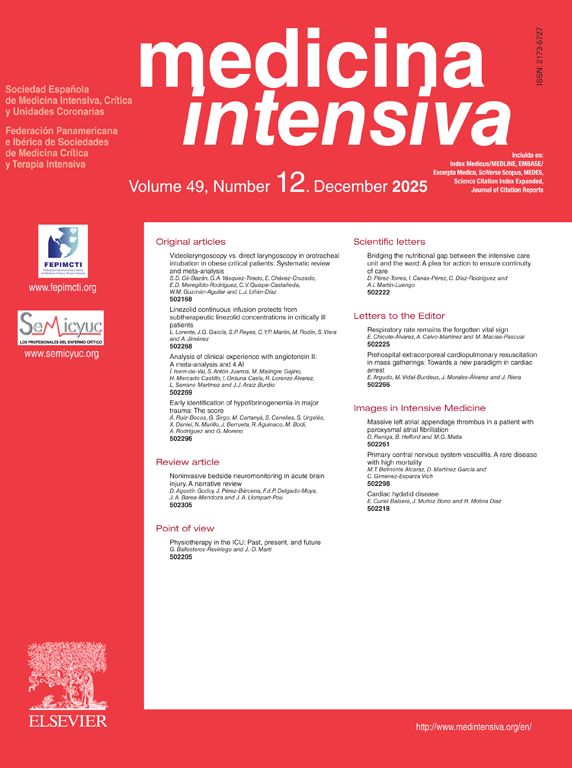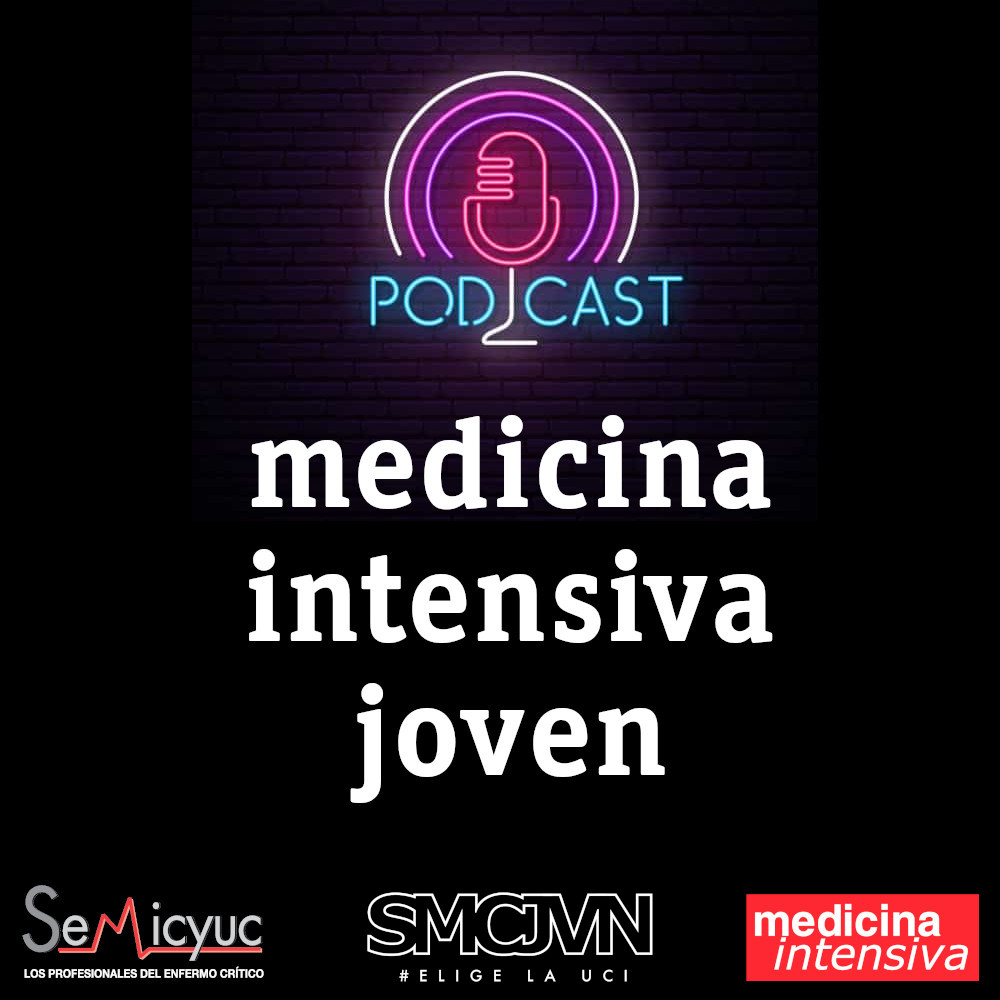Despite the progress made in recent years in the field of critical care oncology, there remain significant gaps in the literature regarding these patients, particularly in relation to the assessment of the mid- to long-term outcomes of patients requiring admission to the Intensive Care Unit (ICU). Most current studies focus on mortality as the main indicator,1 which may be insufficient to reflect the true benefits of treatment, especially in a population where quality of life and the ability to receive effective oncological therapies after discharge are critical. This raises the question of whether survival alone should remain the primary outcome measure in these patients.
Several studies have correlated the functionality of cancer patients before ICU admission (as measured by the WHO-ECOG scale) with hospital mortality. Patients with greater frailty on admission (defined as ECOG ≥ 2) have higher mortality during ICU stay and at hospital discharge.2 It is also well known that ICU survivors are often confronted with post-intensive care syndrome (PICS). This syndrome, characterized by physical, cognitive and emotional impairments, limits patient quality of life.3 In this context, the measurement of frailty, organ dysfunction and complications during ICU stay has shown a significant correlation with decreased long-term survival in critically ill oncohematologic patients.4
In relation to the above, the functional decline suffered by cancer patients who survive the ICU often leads to changes in cancer-specific treatment. Regarding patients with hematolymphoid neoplasms, the Research Group on Respiratory Resuscitation of Oncohematologic Patients (GRRR-OH) has studied the association between one-year mortality and the ability to receive oncologic treatment after admission to the ICU. Those oncology patients who were unable to receive oncological therapy after discharge from the ICU were found to have a high mortality rate.5
In light of the above, we believe that evaluating outcomes in critically ill cancer patients that focuses primarily on survival may be insufficient to address the real needs of this population. In this context, integrating disease-free survival as a key indicator could provide a more holistic perspective, allowing therapeutic planning that is better aligned with patient expectations and priorities. This is particularly relevant for survivors of ICU admission, where the loss of functional capacity resulting from admission may become a determining factor for eligibility for cancer therapies.
Therefore, we propose the implementation of multicenter trials that analyze not only disease-free survival, but also metrics that include quality of life adjusted years (QALYs), and specific quality of life assessment tools, such as the Functional Independence Measure (FIM) or the SF-36 questionnaire. Incorporating these metrics would more accurately reflect the true benefits of treatment and encourage a shift toward more personalized, patient-centered clinical decisions.




